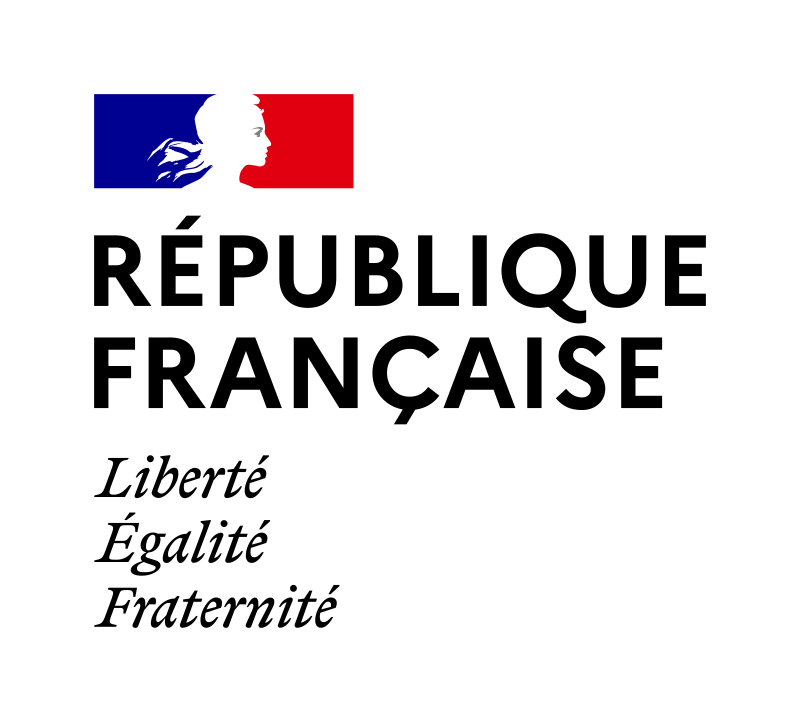
Despite this, the pledges made by each party to the treaty are not sufficient to reach the ambitious targets agreed upon. The secretariat of the UN Framework Convention on Climate Change (UNFCCC) warned of this discrepancy as early as 2016, and the UN Environment Programme (UNEP) recently followed suit.[1] Indeed, if states do not take additional action, the Paris Agreement goal of “holding the increase in the global average temperature to well below 2°C above pre-industrial levels” could soon be out of reach.
In this context, two years after the diplomatic breakthrough in Paris and two decades after the adoption of the Kyoto Protocol, the One Planet Summit in Paris could be an opportunity to enact policies that would put the global community in line with the ambitious Paris Agreement objectives.
While the transformation of our economies is at best in its infancy, states have a crucial role to play to propel this movement forward. As other stakeholders such as local authorities and private companies have set their own ambitious commitments publicly, states have the responsibility to provide them with a clear and stable framework, with incentives to shift towards low-carbon activities. Such a framework would ensure these commitments be effectively implemented and meet the long-term climate goals – and not be limited to a public relationships strategy.
States have already begun initiating this shift towards a low-carbon economy. The European carbon market, instituted in 2005, and carbon taxes like the French Energy and Climate Contribution, put in place in 2014, are but two examples. Their aim is to make carbon-intensive activities more costly. At the same time, low-carbon activities would become more profitable.
However, the credibility of these mechanisms is low, as they have failed to set a carbon price high enough to encourage the shift to a green economy. Indeed, average prices on the EU carbon market have been as low as €5.5 per tonne of CO2 emitted in 2017. The 2016 Canfin-Grandjean-Mestrallet report on the carbon price and the 2017 Stern-Stiglitz Commission report both advocated that a floor price of about €30.0 per tonne of CO2 emitted would be necessary to spark the shift towards a low-carbon economy.[2]
In France, the carbon tax (€30.5 euros per tonne of CO2 emitted in 2017), which covers activities outside the EU carbon market, is set annually by the country’s finance bill. There is therefore no tangible guarantee the state will keep its commitments. As a result, private investors cannot be certain the projected price trajectory will be followed or that other political issues will not play a role in lowering target levels. This lack of certainty on the price of carbon over the long term jeopardizes low-carbon investments despite their necessity in meeting the global climate goals.
In order to tackle this problem, France could take other measures, such as delivering carbon reduction certificates. The number of certificates delivered to a specific low-carbon project would be in line with the amount of emissions it saved, compared to a reference scenario. Their value would be determined by the agreed upon price trajectory, as written into France’s 2015 energy transition bill. It could also be an adjusted one, taking into account higher ambitions – such as those set out by the French 2017 climate action plan – over the lifetime of the investment considered.
If the observed carbon price is higher or equal to the one laid out in the reference scenario, the state guarantee in the form of these certificates would not apply. Conversely, if the real carbon price is lower, the state would refund the difference in proportion to the amount of certificates detained. The state would therefore bear the cost of a deviation from the agreed upon trajectory, providing it with a strong incentive to keep its initial commitments.
This mechanism works like a put option. It would stabilize expectations and clarify the framework within which these investments could take place. It would also limit premiums associated with green projects, and this public guarantee on carbon prices would increase expected investments yields as compared to business-as-usual projects. Such predictability could unlock low-carbon investments (France Stratégie will publish an in-depth analysis of this mechanism in the coming weeks).
These carbon reduction certificates would round out the tools available to set a carbon price. They would complement existing ones by providing a long-term view of the price. As a result, they would help make low-carbon investments more profitable than ones that hamper our ability to tackle climate change. What’s more, making use of them would be an opportunity to reconcile short-term processes – e.g. the adoption of annual finance bills – with the challenges of adapting our economies to meeting long-term climate goals.
In so doing they would allow states to anticipate transitions that are all but inevitable. And lest we forget, the more we wait before undertaking such actions, the more costly they will become. Let us seize the opportunity we have today to shape the transition to a green economy and demonstrate our determination to take action against climate change.
[1] UNFCC (2016), Synthesis report on the aggregate effect of the intended nationally determined contributions: an update, May; UNEP (2017), The Emissions Gap Report 2017, November.
[2] Carbon Pricing Leadership Commission (2017), Report of the High-Level Commission on Carbon Prices, May.







